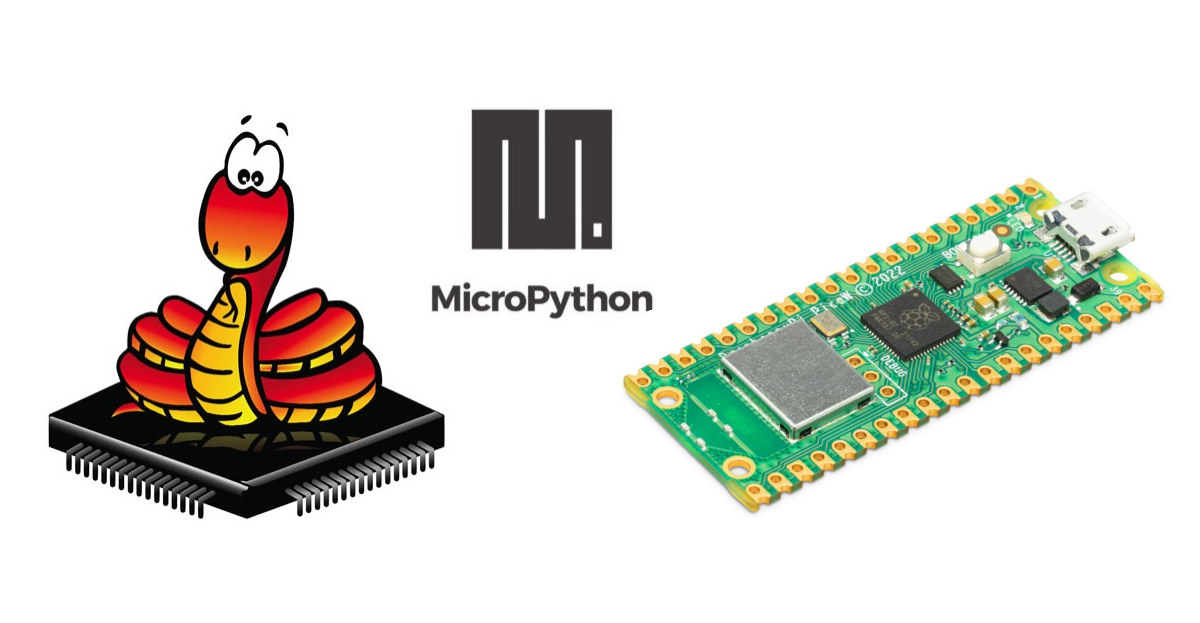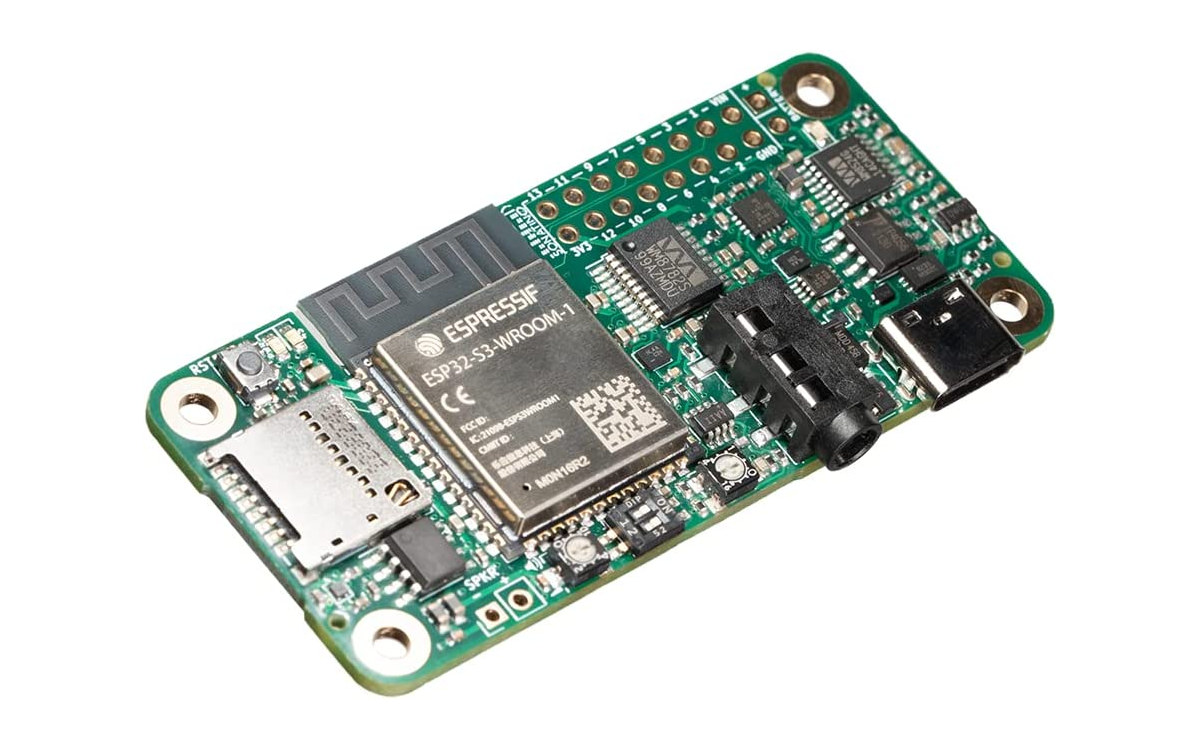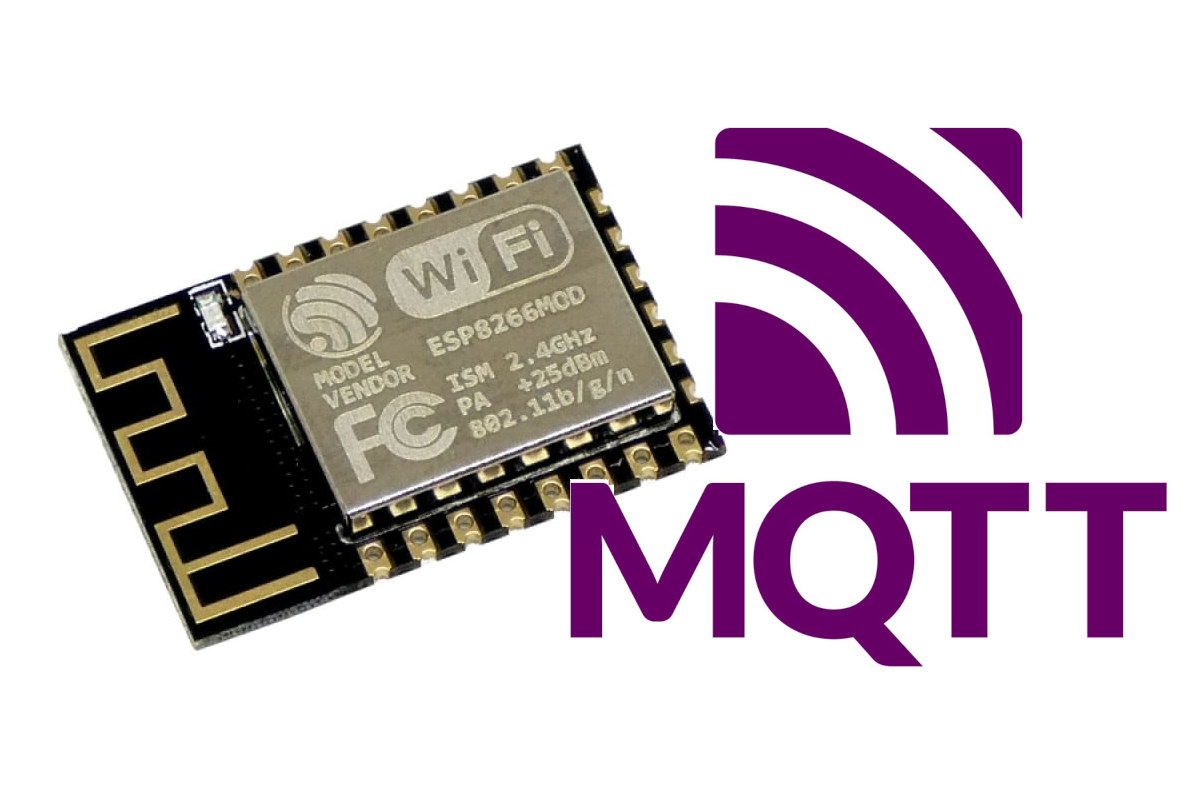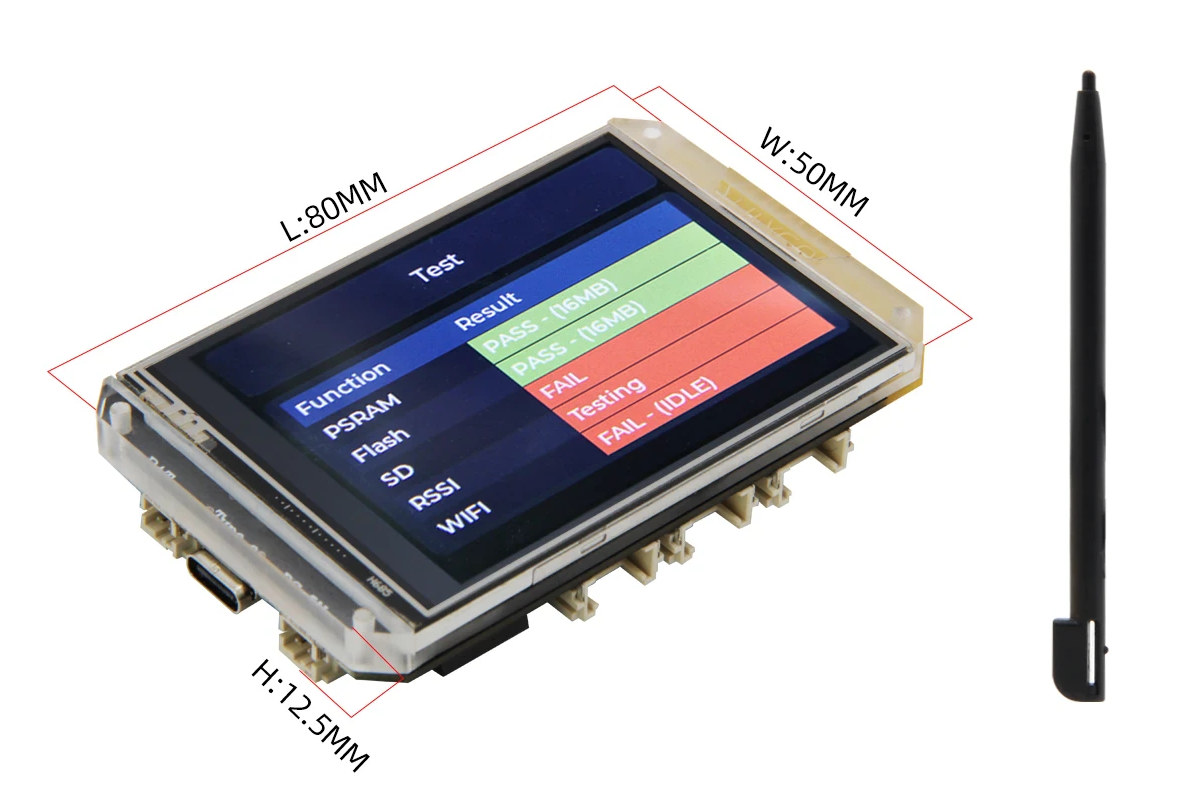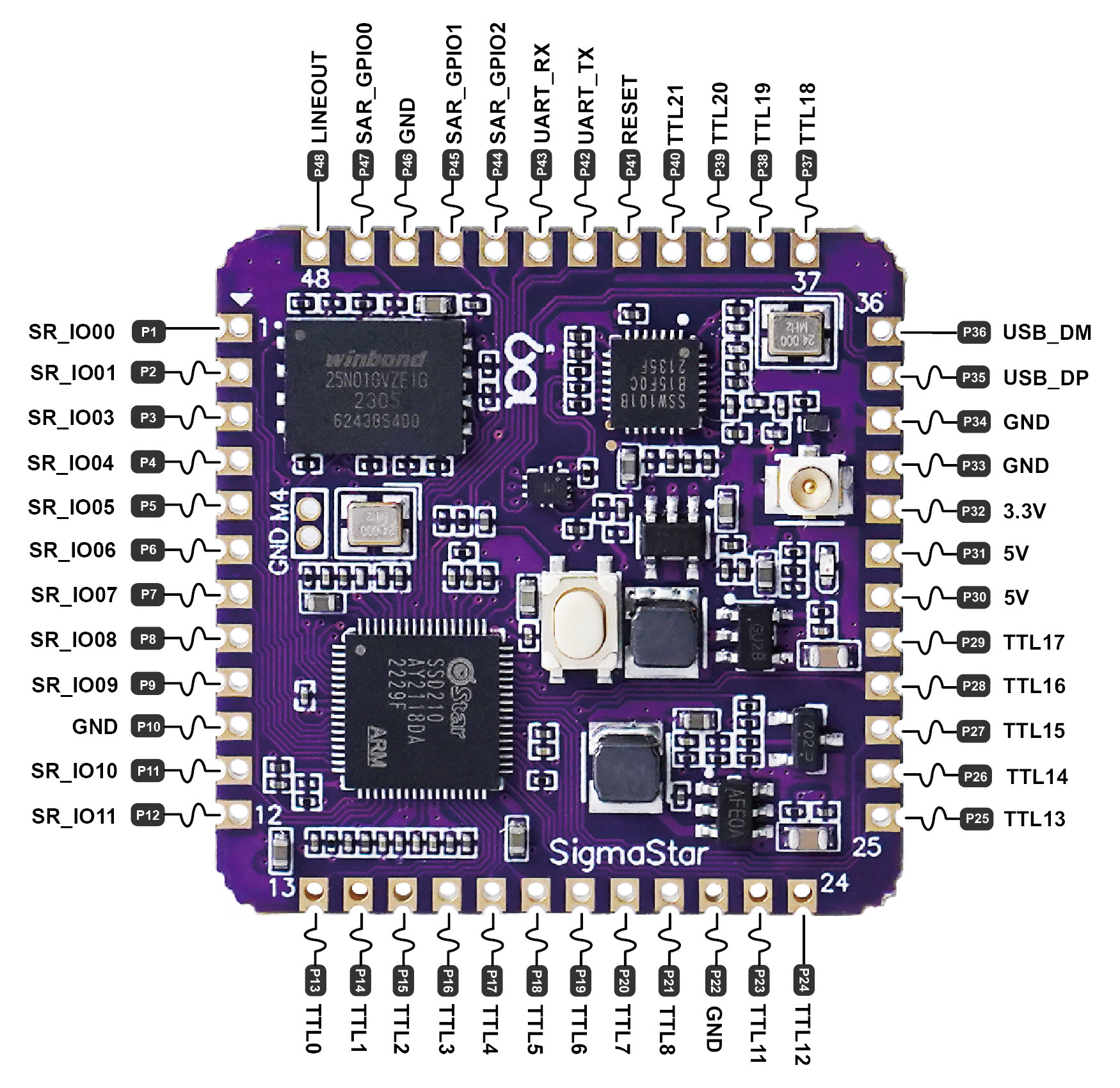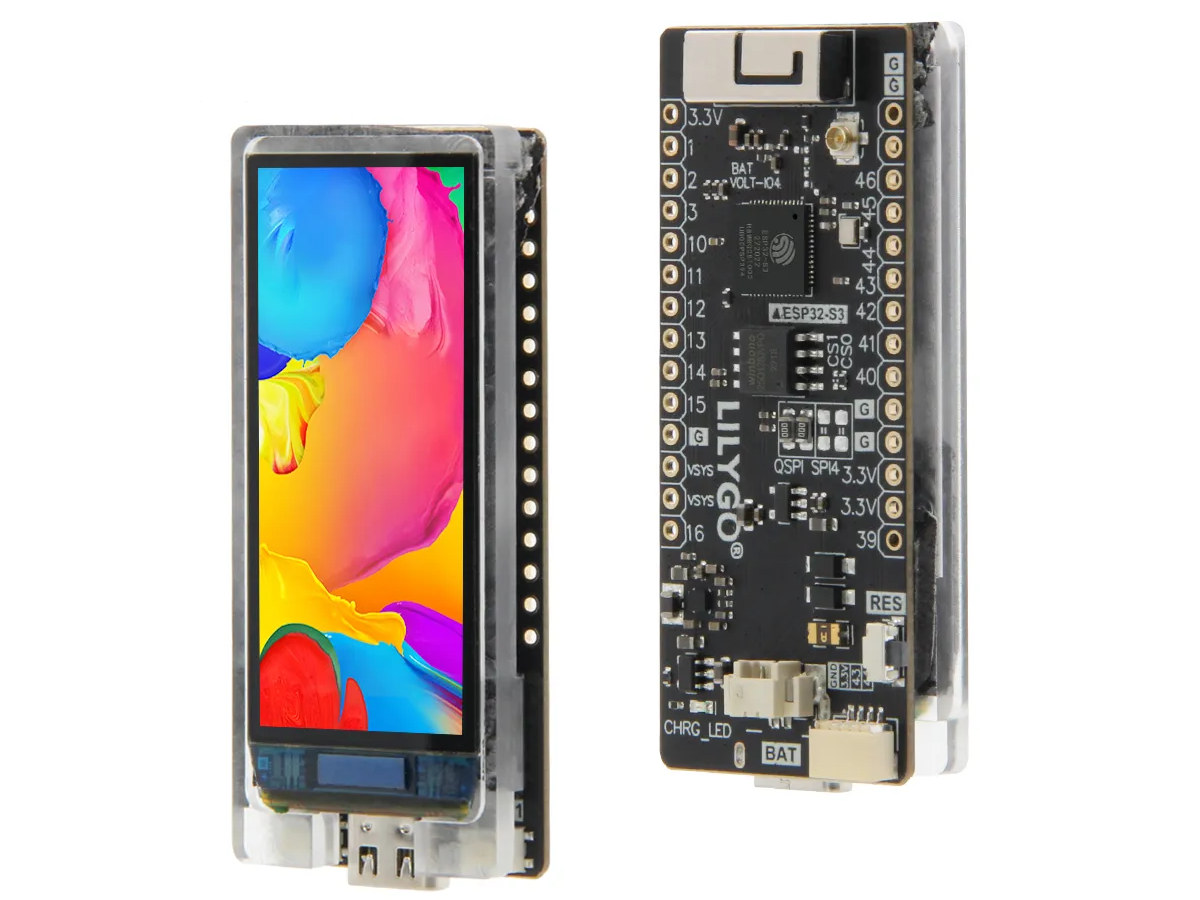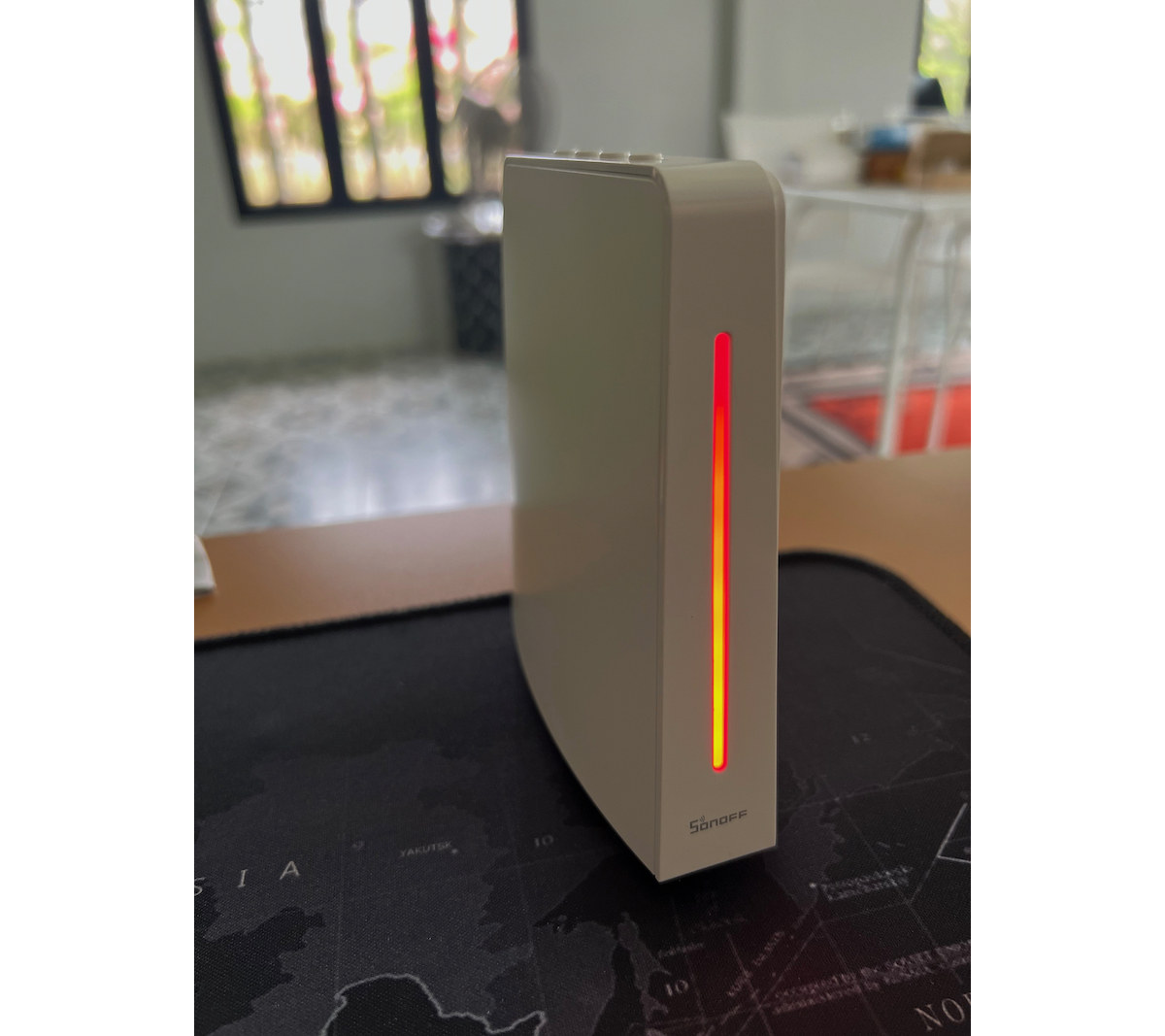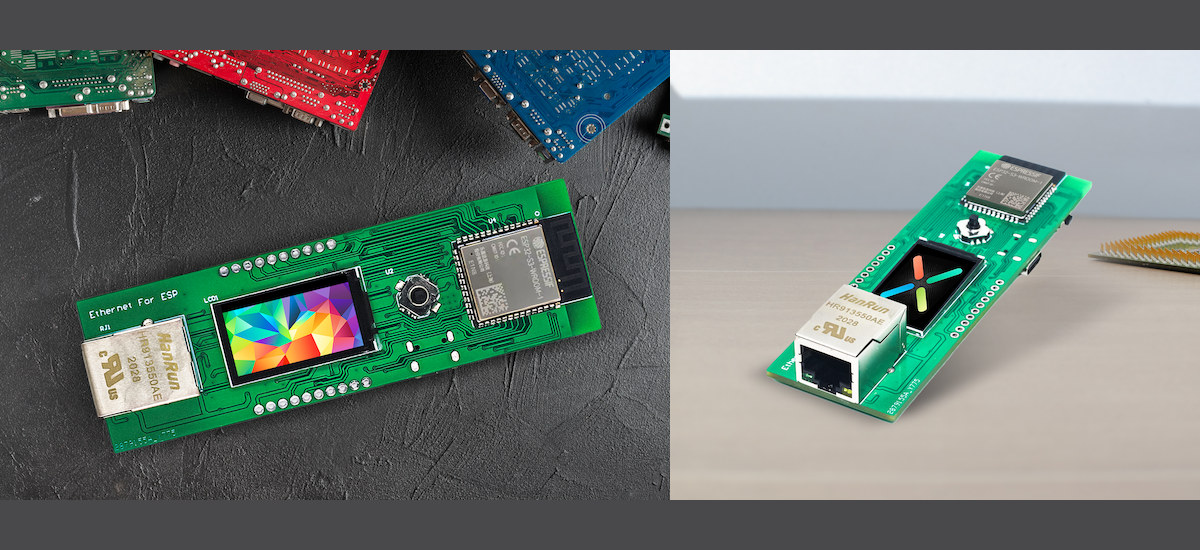Damien George has recently announced the release of MicroPython 1.20 with support for the Raspberry Pi Pico W board., a new lightweight package manager called mip, a smaller footprint thanks to the use of compressed type structs, and many other changes. mip package manager The new mip package manager uses a custom protocol optimized for embedded systems to query and install packages, and intends to replace upip for installing packages from micropython-lib or any URL. Mip can be run directly on a device, as long as it has network connectivity, or via mpremote from a host computer. Damien explains all pure-Python drivers have been moved from the micropython repository to the micropython-lib repository as part of the change in order to make it easier to install the packages needed for a given project. MicroPython is getting smaller The MicroPython binary size has been reduced by many kilobytes for all ports […]
Sonatino – A Raspberry Pi Zero-sized ESP32-S3 audio board
Lumination Labs’ Sonatino is an ESP32-S3 board designed for audio applications that follows the Raspberry Pi Zero dimensions so that it can be used with some of the cases designed for the Raspberry Pi Zero. The wireless audio board features Cirrus Logic WM8524 audio DAC and WM8782 audio DAC capable of 24-bit 192kHz stereo output and mono input respectively, a speaker amplifier and two pins for speaker connection, a 3.5mm audio jack, as well as a microSD card slot for the storage of audio or other data. Sonatino specifications: Wireless Module – ESP32-S3-WROOM-1 with SoC – ESP32-S3 dual-core LX7 microprocessor @ up to 240 MHz with Vector extension for machine learning Memory – 2MB PSRAM Storage – 16MB flash Connectivity – WiFi 4 and Bluetooth 5 LE/Mesh Storage – MicroSD card slot (SPI) Audio 3.5mm audio jack supporting input and output (TRRS, CTIA standard) Speaker connection: onboard pins, optional screw […]
PicoMQTT – An MQTT Client/Broker library for ESP8266 and ESP32
PicoMQTT is a lightweight MQTT library for Arduino/PlatformIO optimized for ESP8266 and ESP32. It not only supports the MQTT Client mode like most existing solutions but also the MQTT Broker mode which transforms an ESP8266 or ESP32 board into an MQTT gateway replacing a Raspberry Pi board or an IoT gateway typically used for this task.
The library follows MQTT 3.1.1 specification, supports the publishing and consuming of arbitrary-sized messages, can deliver thousands of messages per second, and supports easy integration with the ArduinoJson library to publish and consume JSON messages.
T-HMI ESP32-S3 board comes with an 2.8-inch touchscreen color display, three Grove expansion connectors
Lilygo has launched yet another ESP32-S3 board with an integrated display, but the T-HMI has a larger 2.8-inch color display and a resistive touch panel suitable for HMI (Human Machine Interfaces). It is also equipped with three Grove connectors for expansion with sensors or actuators. Like all the recent ESP32-S3 boards from Lilygo, the T-HMI features the ESP32-S3R8 WiFi 4 and Bluetooth MCU with 8MB PSRAM, as well as a 16MB SPI flash, a microSD card slot, a few buttons, and power from USB or a LiPo battery. Lilygo T-HMI board specifications: Wireless MCU – Espressif Systems ESP32-S3R8 dual-core Tensilica LX7 @ up to 240 MHz with vector instructions for AI acceleration, 512KB RAM, 8MB PSRAM, wireless connectivity Storage – 16MB SPI flash, microSD card socket Connectivity via ESP32-S3 2.4 GHz 802.11 b/g/n Wi-Fi 4 with 40 MHz bandwidth support Bluetooth Low Energy (BLE) 5.0 connectivity with long-range support, up […]
$7 DongshanPI-PicoW is a small Arm Linux board with SSW101B USB WiFi chip, four 12-pin headers
Based on its name, the DongshanPI-PicoW board/module aims to be an Arm Linux alternative to the Raspberry Pi Pico W with a SigmaStar SSD210 dual-core Cortex-A7 processor with 64MB RAM, an SSW101B USB WiFi 4 chip, plus a good amount of I/Os thanks to four 12-pin headers. The module also comes with a 128MB SPI flash to run Linux, takes 5V power input, and offers a display interface up to 1280×800, USB 2.0, audio interfaces, and more in a small 31×31 mm form factor with 48 through and castellated holes that should be easy to integrate into compact devices. DongshanPI-PicoW specifications: SoC – SigmaStar SSD210 dual-core Arm Cortex-A7 at up to 1.0GHz with FPU, NEON, MMU, DMA, 2D graphics accelerator, 64MB on-chip DDR2 RAM Storage – 128MB SPI NAND flash (Winbond W25N010) Connectivity – Sigmastart SSW101B 802.11b/g/n 2.4GHz 1T1R WiFi 4 module + u.FL antenna connector USB switch – Onsemi […]
T-Display-S3 AMOLED – An ESP32-S3 board with a 1.9-inch AMOLED Display
There are plenty of ESP32 series boards with display usually TFT or E-Ink, but I don’t think I’ve ever seen one with an AMOLED display and that’s what Lilygo is offering with the “T-Display-S3 AMOLED” board equipped with an ESP32-S3 WiFi and Bluetooth microcontroller and a 1.9-inch AMOLED display. The new board is almost the same as the T-Display-S3 board introduced last year, except for a display with higher resolution, more vibrant colors, and a wider viewing angle, plus a 3D antenna, and a few extra I/Os. T-Display-S3 AMOLED specifications: Wireless MCU – Espressif Systems ESP32-S3R8 dual-core Tensilica LX7 @ up to 240 MHz with vector instructions for AI acceleration, 512KB RAM, 8MB PSRAM, wireless connectivity Storage – 16MB flash Connectivity via ESP32-S3 2.4 GHz 802.11 b/g/n Wi-Fi 4 with 40 MHz bandwidth support Bluetooth Low Energy (BLE) 5.0 connectivity with long-range support, up to 2Mbps data rate. 3D antenna […]
SONOFF iHost Review – A future-proof Smart Home Hub for local control
ITEAD has sent us a Sonoff iHost Smart Home Hub for review, and this device seems to be what many SONOFF fans have been waiting for, especially in terms of local control. meaning it can work without an Internet connection. SONOFF is known for its durable devices and good interoperability, but they are still catching up with other companies in terms of local control. Finally, the iHost Smart Home Hub fills the gap. In addition to local control, it also comes with privacy features as data stay local. SONOFF plans to expand its ecosystem by including devices from other brands compliant with standards such as Zigbee 3.0. Furthermore, the iHost Smart Home Hub is more like a platform than just a product, as it has add-ons to add more capability over time. In the future, it can be expanded to support the new “Matter” standard, similar to Home Assistant. The […]
ESPi Ethernet & info display board comes with ESP32-S3 module or Raspberry Pi Pico W board (Crowdfunding)
SB Components’ ESPi is a WiFi-enabled Ethernet board with a 1.14-inch information color display either coming with an ESP32-S3 WiFi and Bluetooth module or designed as a carrier board for the Raspberry Pi Pico W board. I have no idea who needs this, but the ESPi board looks cute and can be used as a 10/100Mbps Ethernet to WiFi (or BLE) gateway with a small TFT display, and there’s also a small joystick on the board to control a potential menu or user interface rendered in the display. ESPi board specifications: Module/Board (one or the other) ESP32-S3-WROOM-1 module with ESP32-S3 dual-core LX7 microprocessor @ up to 240 MHz with Vector extension for machine learning, up to 16MB flash, up to 8MB PSRAM, WiFi 4, and Bluetooth 5 with LE/Mesh Raspberry Pi Pico W board with Raspberry Pi RP2040 dual-core Cortex-M0+ microcontroller @ 133 Mhz with 264KB RAM, 8MB SPI flash, […]


